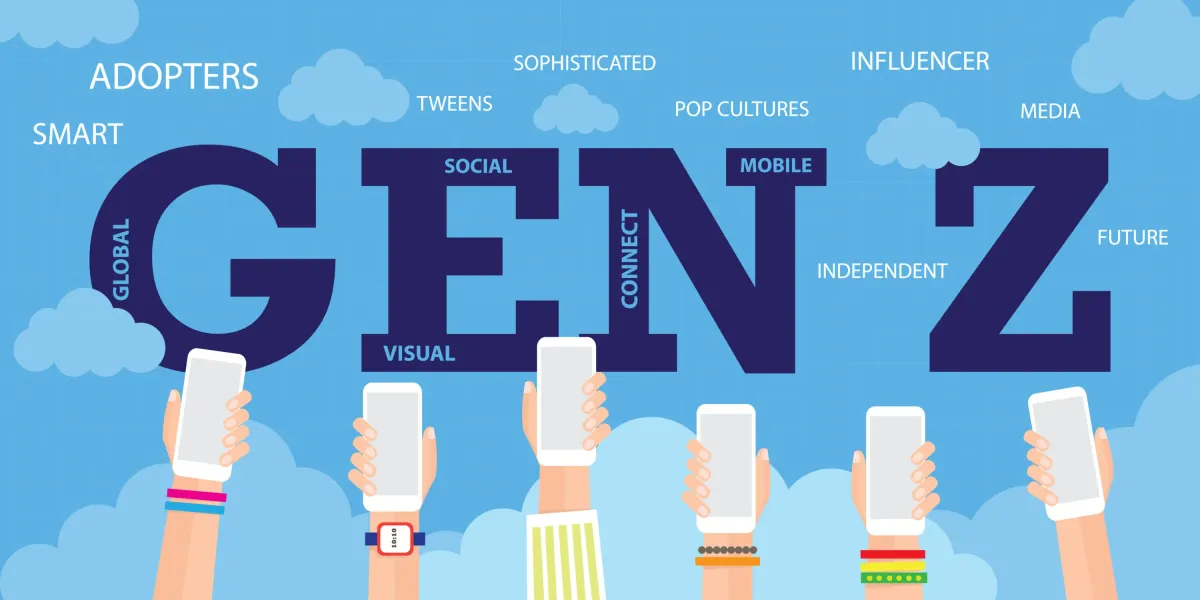How anime became a marketing playground across Southeast Asia
Southeast Asia is co-writing anime’s future. Smart marketers are joining the storyboard

Anime has long been Japan’s most beloved cultural export. But across Southeast Asia, it’s no longer just imported fandom. It’s a living, evolving medium shaped by local creators, hybrid aesthetics, and emotionally invested communities.
For marketers, this shift is more than a trend. It’s a wake-up call to stop treating anime as visual garnish and start seeing it as a deeply rooted, co-created culture.
This article explores how anime’s regional transformation is rewriting the rules for marketers based on insights from experts. From co-creation and fan-first strategies to long-term narrative engagement, the landscape has changed. If your brand wants to show up in this space, the playbook needs an update.
Short on time?
Here’s a table of contents for quick access:
- Anime goes hybrid: Southeast Asia co-authors the story
- Fandom demands authenticity, not aesthetics
- Why brands must act like creators, not advertisers
- Anime fandom is an economy. Invest accordingly
- Marketing lessons from anime’s long-form storytelling

Anime goes hybrid: Southeast Asia co-authors the story
Once viewed strictly as a Japanese cultural product, anime is now a regional canvas. Southeast Asian creators are embedding local myths, languages, and aesthetics into anime-styled content. Shows like Trese from the Philippines and Dim Sum Warriors from Singapore prove that audiences care less about origin and more about emotional resonance.
Colin Goh from SHE Singapore summed it up best. “Fans don’t care if a work comes from Tokyo, Manila, Jakarta, or Kuala Lumpur - they care if it feels emotionally true.”
It’s not just creators driving this shift. Korean studios are co-producing anime with Japanese IP owners. Chinese platforms are commissioning original anime-inspired content. Southeast Asia is no longer just watching. It’s building.

Fandom demands authenticity, not aesthetics
Tapping into anime fandom isn’t as simple as slapping stylized eyes and sakura petals on an ad. These audiences are highly fluent in anime’s emotional grammar, and they can spot a hollow tie-in from a mile away.
Farez Khan of Zero Asia explains, “Authenticity now lives in the tension between heritage and remix, and the smartest collaborations will embrace both.”
Calvin from Cheil Indonesia warns against surface-level play. “The challenge is how to marry global anime culture with local values, creating stories that resonate with young Indonesians who are creative, optimistic, and community-driven.”
He recommends starting by watching anime until it feels easy and natural to talk about it.
The rule is simple: if your brand doesn’t feel like it belongs in the world of the story, it probably doesn’t.
Why brands must act like creators, not advertisers
The most successful brand integrations are those that feel like canon, not commercials. Consider adidas’ 2022 sneaker collab with Japanese boutique BAIT, inspired by Attack on Titan. Or McDonald’s WcDonald’s campaign, which paid tribute to a long-running anime inside joke. These worked because they added value to the fandom, not because they borrowed its clout.
Carlos Mori Rodriguez of EON Group puts it plainly. “Participation means you add something the culture actually needs…co-produce shorts or music videos. Underwrite creator residencies for illustrators and animators. Build immersive spaces at cons where fans co-create content.” That could mean funding creator residencies, hosting immersive fan meetups, or co-producing music videos and shorts.
Rodriguez imagines brand-backed marathons, fan challenges, and in-universe story drops. In this model, the brand becomes part of the narrative fabric. Not a guest, but a co-author.
Anime fandom is an economy. Invest accordingly
This isn’t just about engagement. It’s about economics. Anime fuels billion-dollar ecosystems in gaming, cosplay, merchandise, and licensing.
According to Dentsu’s 2025 report, 28% of global anime viewers spent more than US$200 on merchandise in the past year, while 1 in 10 spent over US$500. In Southeast Asia, 31% of Thai fans and 23% of Indonesian fans crossed the US$200 mark.
The spend is even higher among Millennials and Gen Z where 1 in 3 Millennials globally spent over US$200 on anime-inspired products. These cohorts also over-index in fandom loyalty, with 43% saying they like brands more when they release anime-inspired promotions or merchandise.
Colin Goh suggests a smarter move than just placing ads. “It might be smart for brands to fund comics anthologies in Southeast Asia to spotlight new talent - to create cultural value, not just expand marketing reach.”
Dentsu’s data backs him up. 60% of Thai consumers and 54% of Chinese consumers say their opinion of a brand improves when anime IP is incorporated into a product or activation. Even in more conservative markets like Japan, 1 in 4 fans say the same.
Short-term media buys grab attention. Long-term cultural investment builds loyalty.
Marketing lessons from anime's long-form storytelling
If there’s one format that gets the slow-burn emotional payoff right, it’s anime. This narrative style rewards consistency, vulnerability, and emotional stakes over flashy hits.
“Anime demonstrates that deep connections are built over time through consistent storytelling,” said Calvin. And Rodriguez adds, “Use strong visual motifs the way anime uses symbols. Fan theories, edits, covers, dance challenges are the connective tissue that keep a story alive between releases.”
The takeaway? Don’t just launch a campaign. Build a world. Invite fans into it. Let the story evolve.





